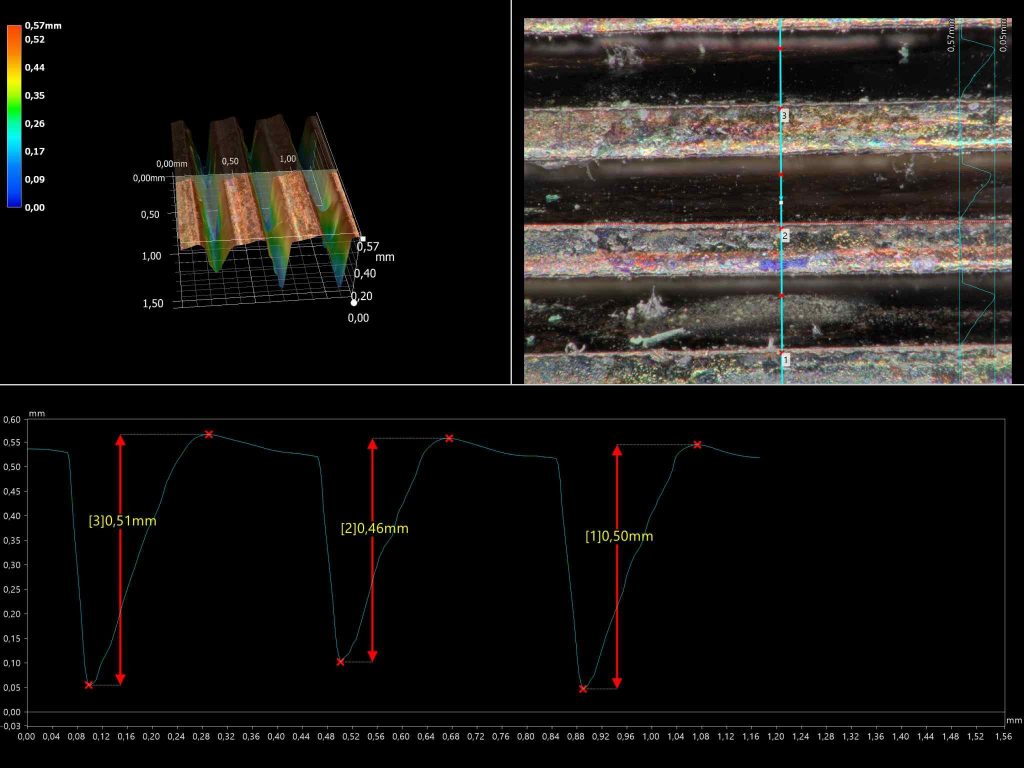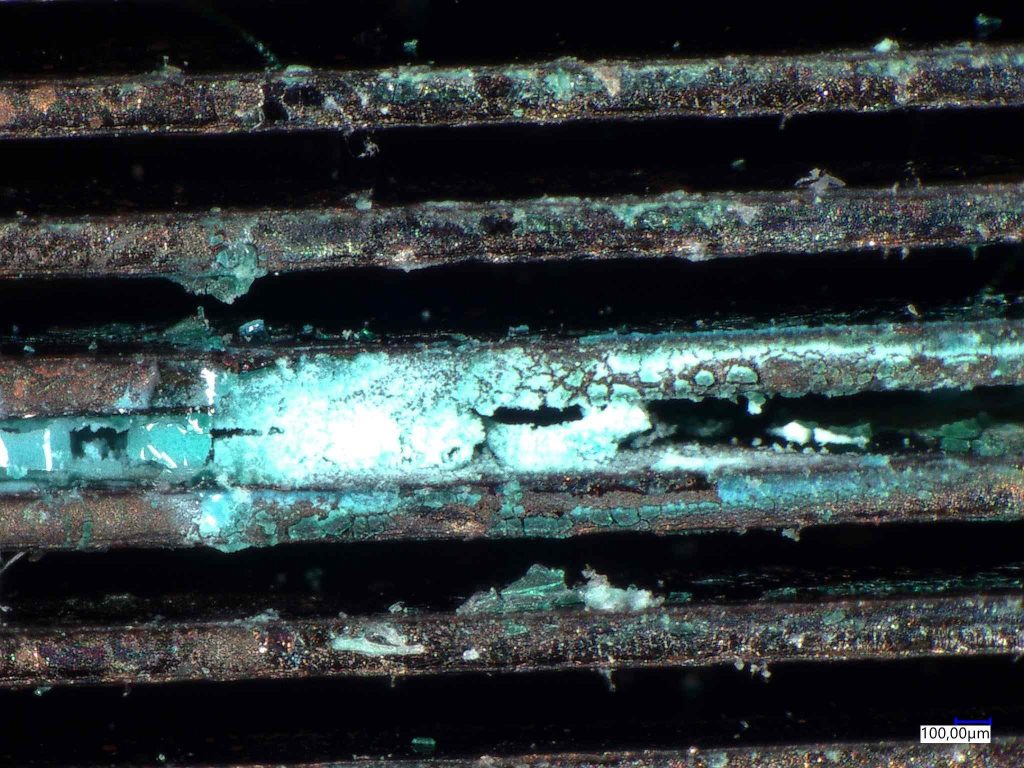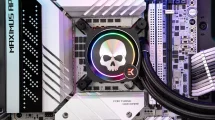What is corrosion?
Now we have to go a little more in depth. Simply put, corrosion is the chemical or electrochemical reaction between two (or more) dissimilar materials, usually a metal and its surroundings, that results in deterioration of the metal and its properties. However, it must be pointed out at this point that there is chemical corrosion, electrochemical corrosion and galvanic corrosion. Corrosion of metallic components is an inherent problem for all water and water/glycol based cooling systems, as many metals naturally tend to oxidize in the presence of water. In the case of our AiO, it is probably even a mixture of several factors.
The oxygen dissolved in the water accelerates most corrosion processes, this too is certainly common knowledge. However, in closed-loop systems such as an AiO, the dissolved oxygen is consumed over time (at least in theory) and then no longer poses a corrosion risk. However, even hoses are not a 100% guarantee and the obligatory air bubble for pressure compensation does the rest.
Corrosion is usually classified as either general or localized. General corrosion is the loss of metal evenly distributed over the entire surface. However, it does not usually lead to rapid failure of the system as the rate of metal loss is very low. Localized corrosion, on the other hand, is not so easily predictable. Pitting is usually not an issue with newer AiO, but cavitation is, which occurs whenever pockets of vapor form in a liquid and the local pressure near the metal surface falls below the vapor pressure of the liquid. When these vapor bubbles collapse or implode, they generate large amounts of energy. This sometimes leads to damage to the pumps, accompanied by noise development and a reduction in pump efficiency.

Possible corrosion problems
Corrosion can lead to many problems. In the case of AiO, it is usually reduced heat transfer due to surface scaling, which occurs whenever metal reacts with oxygen, chloride, and/or inhibitors in the coolant and deposits on the metal surface, creating a layer that acts as a heat transfer barrier. In addition, there is a risk of supply lines or micro ducts becoming clogged and seals damaged.
When copper corrodes in an AiO, it is more likely to be damaged by general corrosion than pitting, which often attacks copper exposed to ammonia, oxygen, or high sulfur liquids, or when there are dissolved salts such as chlorides, sulfates, and bicarbonates in the coolant used. But radiators and other mechanical parts can also be affected. In contrast to copper, pitting corrosion is the most common form of corrosion in aluminium.
This pitting is usually caused by the presence of halide ions, of which chloride (Cl-) is the most common in liquid cooling circuits. It is therefore mandatory to use a suitable inhibitor when water is used together with aluminium in order to obtain a clean heat transfer surface. If this is missing, the radiators in particular will suffer in the long term. Here the damage at the surface becomes only very late really visible, because it plays in the inside and changes first of all the temperatures not so extremely.
We see there are two things working in parallel in an AiO: the general corrosion of the copper, including the resulting flocculation to clogging crystals, and the surface corrosion of the aluminum in the radiators to the point of real pitting in the ducts.
Underestimated time bomb: uninhibited ethylene glycol
Studies have shown that uninhibited ethylene glycol in the presence of heat, oxygen and common refrigeration system metals such as copper and aluminum will decompose over the long term into five organic acids – glycolic acid, glyoxylic acid, formic acid, carbonic acid and oxalic acid. In the presence of uninhibited ethylene glycol, copper and aluminium still act as an unimagined catalyst. These organic acids then attack copper and aluminium under extreme conditions within just a few weeks or months, when higher temperatures (cold plate) and oxygen ingress (residual air, air bubble in radiator) occur. This results in organometallic compounds in the liquid, which can lead to clogging of pipes, pumps and microchannels.

It is very often assumed that copper and aluminium are compatible with ethylene glycol in undiluted form, but this widespread misconception is almost always based on short-term studies of the chemical compatibility of different metals at different temperatures. However, long-term experience shows that uninhibited ethylene glycol under extreme conditions, such as in an AiO, usually also begins to decompose after weeks or months and corrosion then takes its free course. Companies like Asetek had such and similar problems with the first H60 from Corsair years ago, but this is now under control. Apaltek apparently hasn’t yet.































97 Antworten
Kommentar
Lade neue Kommentare
Urgestein
Mitglied
Mitglied
1
Mitglied
Neuling
Urgestein
Neuling
Veteran
Mitglied
Urgestein
1
Mitglied
Urgestein
1
Mitglied
Veteran
Alle Kommentare lesen unter igor´sLAB Community →